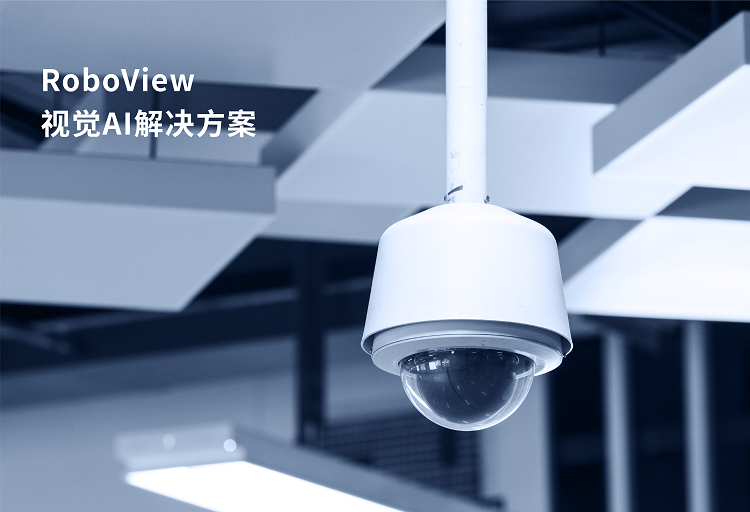DATE: 2021/08/09
Useful Knowledge! RoboView Technology Articles 3D Vision
It is strongly advisable to collect this meaningful article about the in-depth introduction to Vision AI written by BU!
From unlocking mobile phones, payment, and consumption to production applications in factories, the 3D vision has penetrated into every aspect of life. So what exactly is the 3D vision? What role does it play in the vision AI solution of SEER Intelligent?
Today, Zero will be an expert to explain professional technologies to you.
This article takes you to understand 3D vision!
Ⅰ. The technical difference between 3D vision and 2D vision
The biggest difference between 3D vision and 2D vision technology is the type of data processed. In the field of 3D vision, the objects to be processed are usually 3D point cloud data collected by 3D sensors, while 2D vision technology is mainly used to process the information in a flat image. This determines that 3D vision can not only perceive the presence or absence of objects in the scene, but also accurately perceive the distance, size, and orientation of objects from us.
With the RoboView Server algorithm platform, AMR can have a vision that can truly perceive the three-dimensional size information of an object like human eyes, and better realize the functions that 2D vision cannot or finds difficult to achieve.

Ⅱ. How does RoboView realize these functions through 3D vision?
Although 3D imaging technology continues to develop, there is still no 3D sensor that has the advantages of strong resistance to ambient light interference, long imaging distance, high ranging accuracy, high resolution, and low cost.
Therefore, the current application of 3D vision still selects cameras based on specific usage scenarios and budgets, and then customizes algorithm development based on camera imaging results. This high-cost and long-term application mode severely limit the use of 3D vision in actual scenes.
In line with the thinking of supporting non-standard applications with standardized products, RoboView's 3D vision module conducts a summary analysis of past 3D vision non-standard projects. The six basic operating procedures decompose, process, and analyze 3D visual data just like the six basic processes on the production line, and finally get the information we want.
The first step: data collection
The main task of the 3D data collection process is to obtain the 3D information of the scene. The exterior of the process faces 3D sensor interfaces of different brands and models, and the interior is to output 3D visual data in the same format. In this way, the process achieves external integration and internal unity.

The second step: data calibration
The main work of data calibration is to establish the connection between the 3D sensor and the real scene and establish a one-to-one correspondence between the things seen by the 3D sensor and the things existing in the real scene. After completing the data calibration, we can feedback the results analyzed by 3D visual data to the real scene.

The third step: data filtering
The data filtering process is equivalent to a preliminary cleaning of the collected 3D information to remove information that has nothing to do with subsequent analysis objects, which can facilitate us to focus more on the objects that need to be processed.

The fourth step: scene segmentation
Scene segmentation is the dimension reduction processing of 3D data, and the filtered 3D vision data is divided into a series of 3D vision data with a simple structure such as planes and continuous surfaces according to its structural characteristics and texture differences. By dividing the 3D visual data in the scene into blocks of simple structural features, it can effectively prevent two different objects from interfering with the result of target identification in the later stage.

The fifth step: target identification
Target recognition is to determine the position and posture of the target object in the scene. The target recognition algorithm is used to accurately identify the location of the goods in the scene, providing a basis for subsequent data evaluation. Recognizing the position and posture of the goods can also help guide the robot to fork and transfer the goods.

The sixth step: data evaluation
After accurately identifying the goods in the scene, the data evaluation system can evaluate the length, width, and height of the goods, and then analyze the in-depth information such as the height and type of the goods.

Ⅲ. Functions provided by RoboView 3D vision
1. Obstacle detection
Under the 3D vision, there is no fear of shadows and obstructed sight, etc., which effectively reduces false alarms and greatly improves the accuracy of the obstacle detection in the emergency channel.

2. Storage location management
Storage location management with 3D vision can not only accurately obtain the information of the presence or absence of goods in the storage location, but also more advanced information such as goods size, the stack height, and the position and posture of goods. This in-depth information provides the possibility for subsequent high-level applications such as target detection, AGV scheduling, and other in-depth location management functions.
In addition, SEER Intelligent's RoboView provides customers with vision AI solutions covering many applications in production, safety, management, and other links. The solution covers the preliminary research, mid-term R&D, implementation, and product maintenance and upgrades in the later stage, helping customers improve production efficiency and accelerate the completion of intelligent production.


/1.png/webp90)
/1.png/webp90)